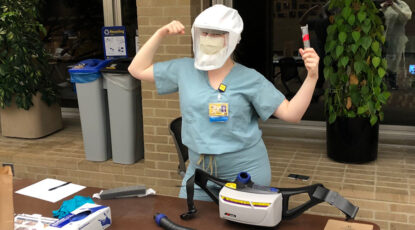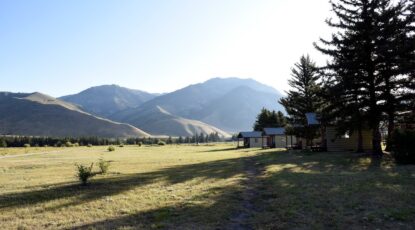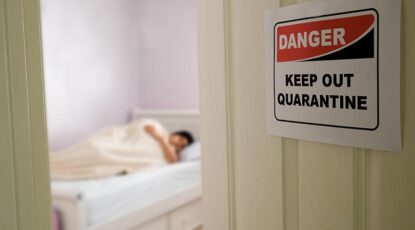Education & Society
-
Helping, learning in Kenya
In the weeks before COVID-19 struck the East African country, 30 U-M students from dentistry, medicine, pharmacy, and engineering set out to improve overall well-being in underserved communities. They tackled everything from harvesting organic coffee to providing sex education.
-
Everyone vs. COVID-19: U-M scientists need public’s help
Signing up for U-M registry will make it easy for researchers to find sick, recovered, at-risk, and healthy people for dozens of studies. The goal is to understand, prevent, treat, and measure COVID-19’s effects on people and society.
-
Committees to prepare for fall ’20 semester amid COVID-19
Seven coordinated committees will tackle different aspects of academic and campus planning, from instructional planning to the use of academic spaces and libraries.
-
M-Response Corps faces down crisis
Their formal education took a detour this spring, so Michigan Medicine students are supporting health care staff and patients through the current pandemic.
-
The idea to ‘flatten the curve’
Decades of studying pandemics and how to curb them led a U-M physician-historian to coin a term the rest of us now use in daily conversation.
-
Feeling stressed? Take a ‘nature pill’
Spending just 20 minutes in nature — even if it’s simply gardening, doing yardwork or sitting quietly in the backyard — can significantly lower stress hormone levels.
-
U-M students share their ‘new normal’
As COVID-19 disrupts university life, pockets of positivity and optimism have emerged, illuminating now more than ever students’ support of each other, and faculty commitment to their education.
-
14 things to do if someone you live with has COVID-19
Experts at Michigan Medicine provide tips for helping a family member or roommate cope with coronavirus effects, while protecting yourself and others.
-
Tracking COVID in wastewater
We don’t know much about how coronaviruses behave and move through the environment. U-M and Stanford engineers aim to change that.










